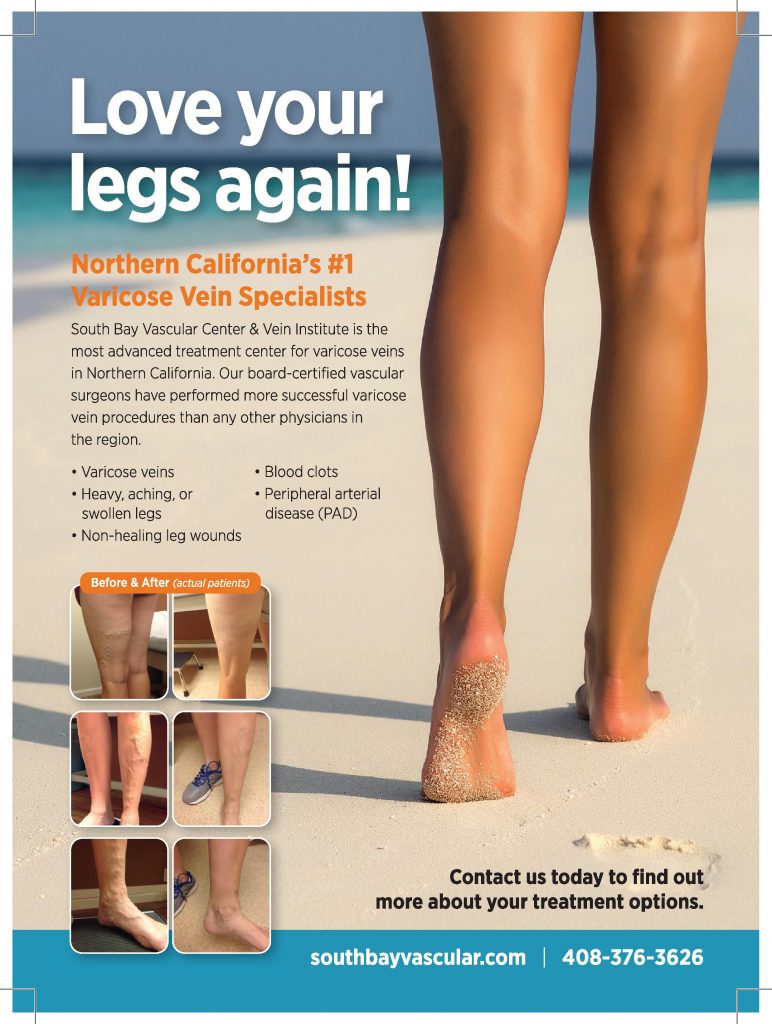Peripheral vascular disease, sometimes referred to as PVD, in the legs or lower extremities is the narrowing or blockage of the vessels that carry blood from the heart to the legs.
Dr. Polyxene G Kokinos, founder of San Jose’s South Bay Vascular Center and Vein Institute is a board certified general and vascular surgeon who specializes in treating patients who suffer from this condition. For 24 years, Dr. Kokinos has dedicated her practice to helping South Bay patients regain their circulatory health by bringing advanced surgical solutions to complex vascular problems. Having treated over 20,000 Varicose Vein patients, Dr. Kokinos understands both the aesthetic as well as the complex side of her field and is recognized one of the regions most respected surgeons.
Recent advances in both imaging and medical device technology has revolutionized the practice of Vascular Surgery. Of particular interest to Dr. Kokinos is treating vessels in the deep venous systems, as well as the treatment of peripheral vascular disease. Having performed hundreds of these procedures, Dr. Kokinos has found that many of her patients, being properly treated and educated are able to make great strides to regaining their health and quality of life.
Recently, the US Centers for Disease Control and Prevention published a patient educational bulletin that Dr. Kokinos shares with her patients as part of re-educating them to live a healthier life and to recognize the symptoms of Peripheral Vascular Disease. As part of her continuing efforts to educate her patients, she wanted to share this handout, written and published by the CDC for patients following her blog to read.
Please click on the link below to receive this CDC authored bulletin in the hopes that you too can begin to live a healthier life and become aware of the signs of peripheral vascular disease.
If you or anyone you know suffers from peripheral vascular disease call today to schedule an appointment at 408-376-3626.
